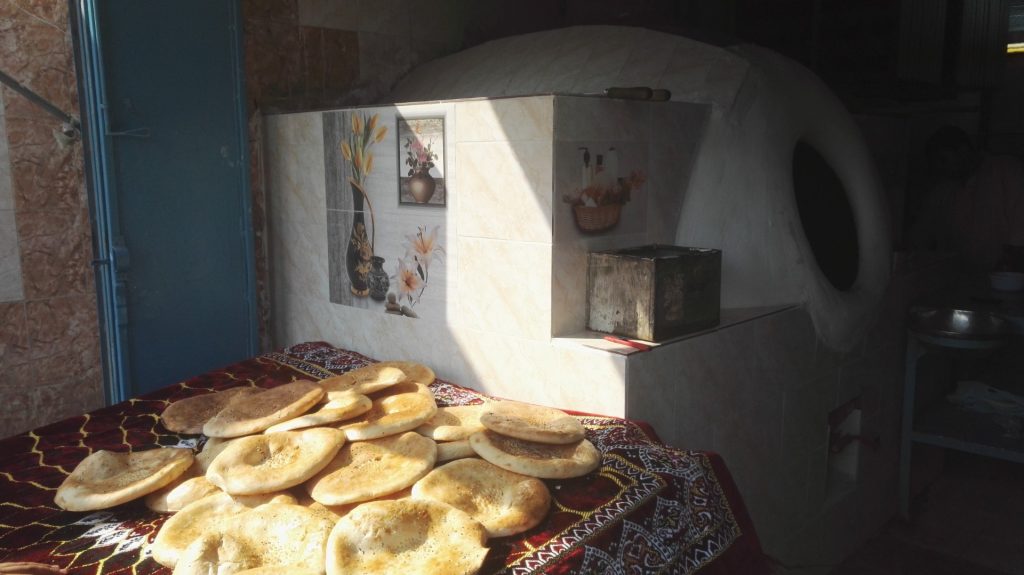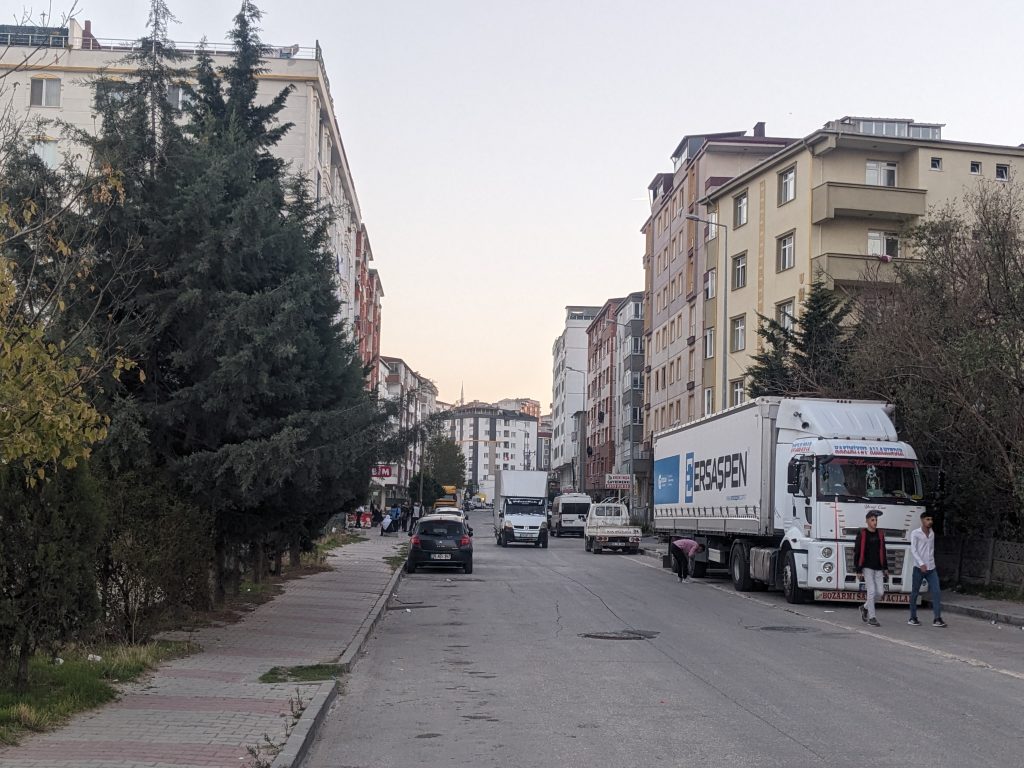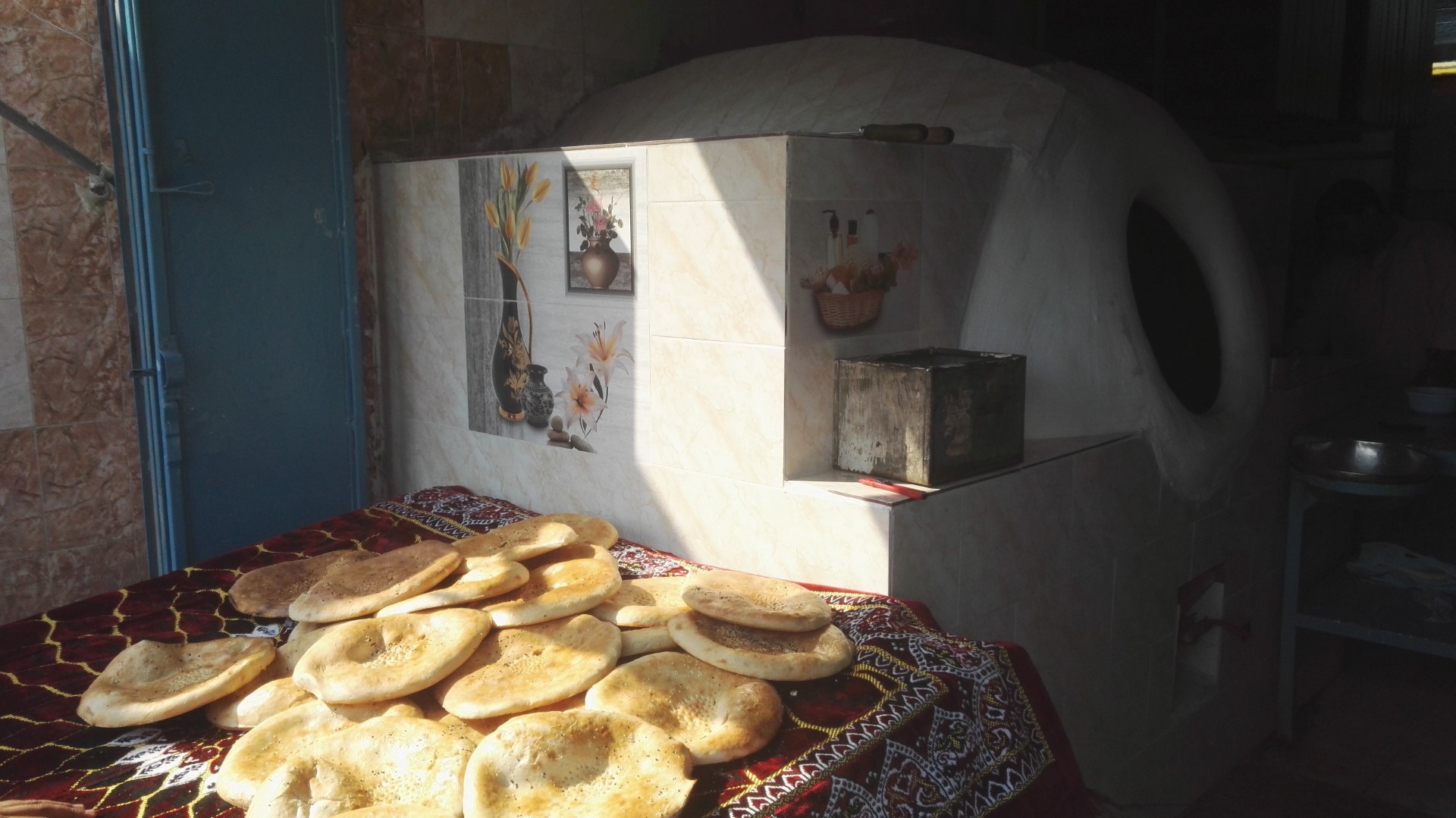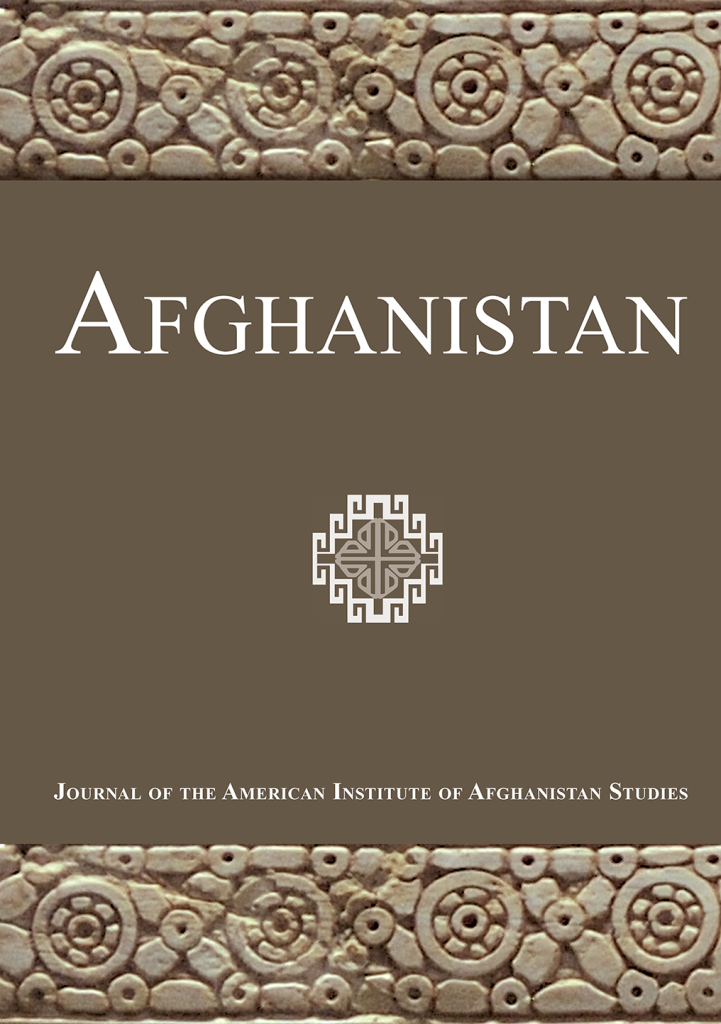
Heritage and Mobility amongst Afghanistan’s Central Asian émigrés
by Magnus Marsden
In Jeddah’s Bukhariya Street – a lively commercial centre in the south of Jeddah – merchants from northern Afghanistan sipped green tea as they engaged in the wholesale of prayer mats and carpets. Diners feasted on inexpensive yet delicious Central Asian dishes in low-key eateries. The narrow alleys leading into the main commercial street were teaming with children returning home from school fetching fresh bread from the street’s many bakeries.

The Demolition of Bukhariya Street
From winter 2021, Saudi Arabia’s authorities embarked upon a massive demolition programme of Jeddah’s southern quarters – a programme that included the busy streets and alleys of the Bukhariya. In the late nineteenth century, this terrain had formed the suburbs of Jeddah, a connecting point between the city and the holy cities of Mecca and Medina; its population included locals, Yemenis and Africans. The neighbourhoods and the one million people affected by the demolitions were similarly diverse. Saudi authorities justified their decision to demolish the neighbourhoods by depicting them as illegal ‘dens of crime and vice’. Sociologists in the country argued their demolition was the inevitable outcome of urban ‘development’. The demolition of southern Jeddah was not an isolated event. The Saudi regime has long treated migrants as ‘figures of pathos, extraction, and desperation’ and either ‘deliberately destroyed’ or ‘left to deteriorate’ the peninsula’s rich heritage.
In 2016, I discovered that many of Jeddah’s ‘Afghans’ were the descendants of families that had left the Emirate of Bukhara for northern Afghanistan during Central Asia’s Sovietisation in the 1920s and 1930s. Central Asian émigrés living in Afghanistan established themselves as farmers, artisans, and merchants, mostly in the country’s north. After the Soviet invasion of Afghanistan in 1979, families resident in northern Afghanistan increasingly fled for Pakistan. They lived in refugee camps in northern Pakistan (where many wove and traded in carpets) and in densely populated Karachi neighbourhoods. By the mid-1980s, many émigré families opted to migrate to Saudi Arabia. In Saudi, families with access to capital imported carpets from Afghanistan, Turkey and China, and ran restaurants serving affordable Central Asian dishes popular in Saudi Arabia. Poorer migrants worked as labourers, drivers, cooks, and shop assistants, mostly in businesses run by people of backgrounds similar to their own.

Bukhariya became an important locus of the social and economic lives of the Central Asian émigrés. It had already been home to émigrés from Central Asia and Xinjiang who had settled in Jeddah in the 1930s and 1940s and established a range of social, religious, ethnic, and economic institutions on Bukhariya Street. The wave of migrants who settled there in the 1980s reinvigorated these institutions, including guesthouses, bakeries, mosques, and Islamic schools.
The demolition of Bukhariya by the Saudi authorities levelled layers of both tangible and intangible heritage maintained by successive waves of Central Asian immigrants. The authorities gave residents only a few days of notice of the demolitions of their homes, warehouses and shops. Due to their immigrant status, business owners were largely unable to claim compensation. The demolitions brought the neighbourhood’s status as a node for migrants, traders, exiles and pilgrims from Central Asia, Xinjiang and Afghanistan in Jeddah to a halt. It further intensified the dispersal of Afghan and Central Asians from Jeddah – a process set in train in 2017 as a result of the country’s ‘Saudisation’ policy, and, in particular, a foreigner tax levied on immigrant families.
Mobilising Heritage: Building a Neighbourhood in Turkey
A town in Turkey soon emerged as the new locus for the social life and activities of Afghanistan’s Central Asian émigré families. Located approximately sixty kilometres from Istanbul, Çerkezköy is an ethnically mixed industrial town. A handful of families moved to Çerkezköy from Jeddah in the years following 2017. They were able to secure visas and residency permits by deploying savings accumulated over years of working in Saudi Arabia to buy or rent property in the town. By 2023, the number of families living in the town had risen to approximately four hundred.
If Bukhariya’s social and economic institutions lie in ruins, families living in Çerkezköy have been busy establishing new ones, underscoring the centrality of the work of building neighbourhoods to their mode of life. Arrivals from Jeddah have established two community associations (darnak). Not only do families from Saudi Arabia use these institutions, but a transient population of young men, mostly from northern Afghanistan, also enjoy the meals cooked in their kitchens. Turkey does not offer many commercial opportunities for merchants who specialise in the import-export trade – as a result, many families maintain their businesses in Saudi Arabia.

During a visit in the autumn of 2023, I was invited to attend a gathering held at one of the community associations. Approximately three hundred men attended, many, though not all of whom, had moved to Çerkezköy from Jeddah. The man who accompanied me, for example, was the descendant of Central Asian émigrés who had lived in Afghanistan, Pakistan and subsequently Tajikistan from where he and his family migrated to Turkey. ‘We have been moving around for four generations,’ he remarked to me, ‘Who knows? Some of the people who have come here from Jeddah could be my relatives from Bukhara.’
The demolition of a neighbourhood in Jeddah erased the contributions of Central Asians and Afghans to the city’s built environment. Beyond the loss of a tangible heritage of trade, connection and exchange, Afghanistan’s Central Asian émigrés have invested both capital and social energy in the building of a new neighbourhood in Turkey, drawing attention to the importance they attach to what specialists might refer to as ‘intangible’ forms of cultural heritage.

About the Author
Magnus Marsden is Professor of Social Anthropology at the University of Sussex and Director of the Sussex Asia Centre. You can find more of his work in Afghanistan Volume 7, Issue 1 in the article ‘The Legacies of Afghanistan’s Urban Cosmopolitanism: Sikhs, Muslims and Markets in London.’ His most recent publications include Beyond the Silk Roads: Trade, Mobility and Geopolitics across Eurasia (Cambridge University Press, 2021). The fieldwork in Turkey on which this blog reflects was made possible by grants from the Arts and Humanities Research Council and Research England. Marsden visited Jeddah in Saudi Arabia in 2016 as part of a project funded by the European Research Council.
Don’t forget to sign up to our mailing list to keep up to date with all of our free content and latest releases!
Read more posts from contributors to the journal Afghanistan.






